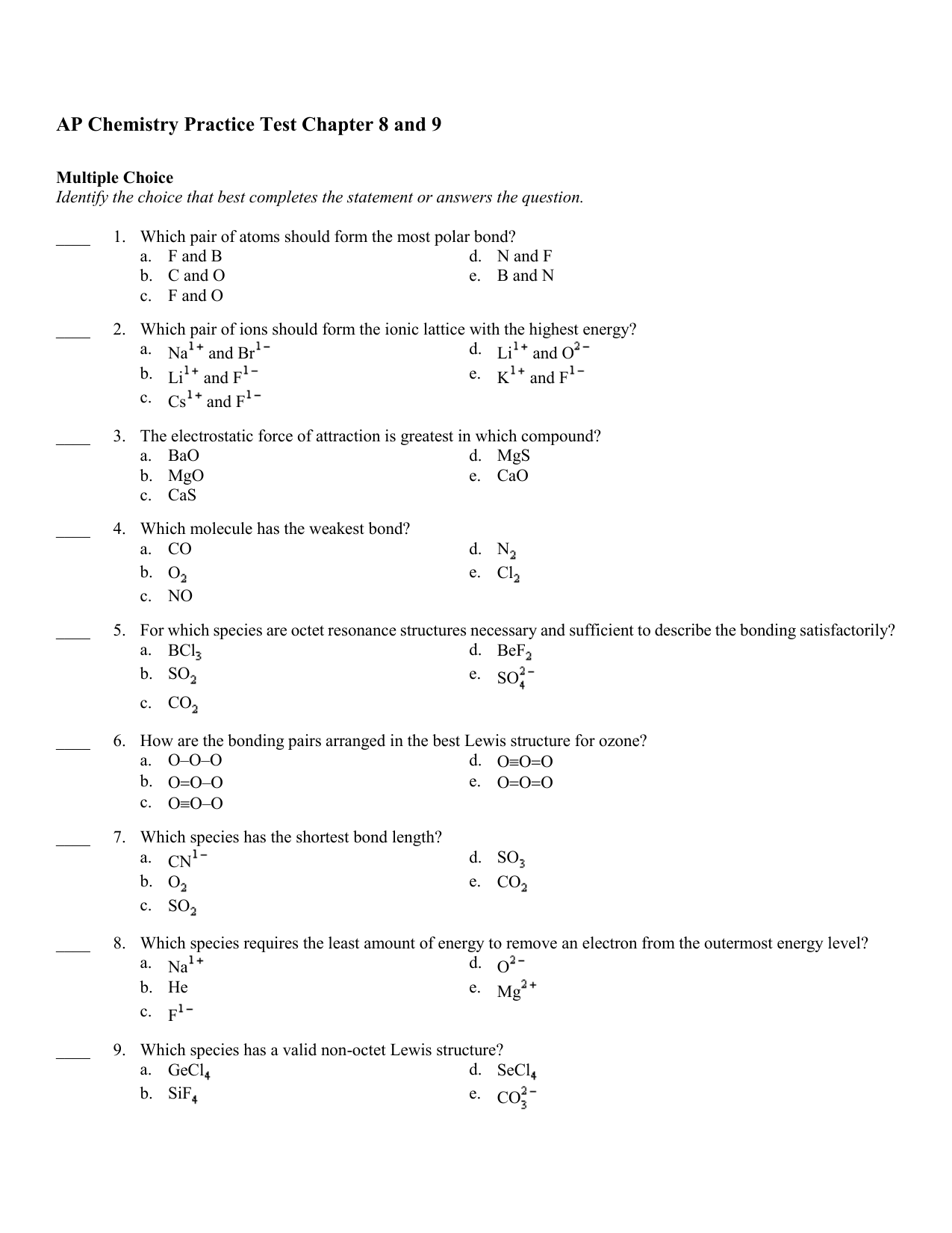

You should have performed multiple trials of your experiment. Be sure to label the rows and columns-do not forget to include the units of measurement (grams, centimeters, liters, etc.). A spreadsheet program such as Microsoft Excel may be a good way to perform such calculations, and then later the spreadsheet can be used to display the results. Often, you will need to perform calculations on your raw data in order to get the results from which you will generate a conclusion. Really think about what you have discovered and use your data to help you explain why you think certain things happened. Did you get the results you had expected? What did you find out from your experiment? Use charts and graphs to help you analyze the data and patterns.

Take some time to carefully review all of the data you have collected from your experiment. Place your independent variable on the x-axis of your graph and the dependent variable on the y-axis.And, include the units of measurement (volts, inches, grams, etc.). Make sure to clearly label all tables and graphs.Calculate an average for the different trials of your experiment, if appropriate.Is it complete, or did you forget something?.Try to look at the results of your experiment with a critical eye.


 0 kommentar(er)
0 kommentar(er)
